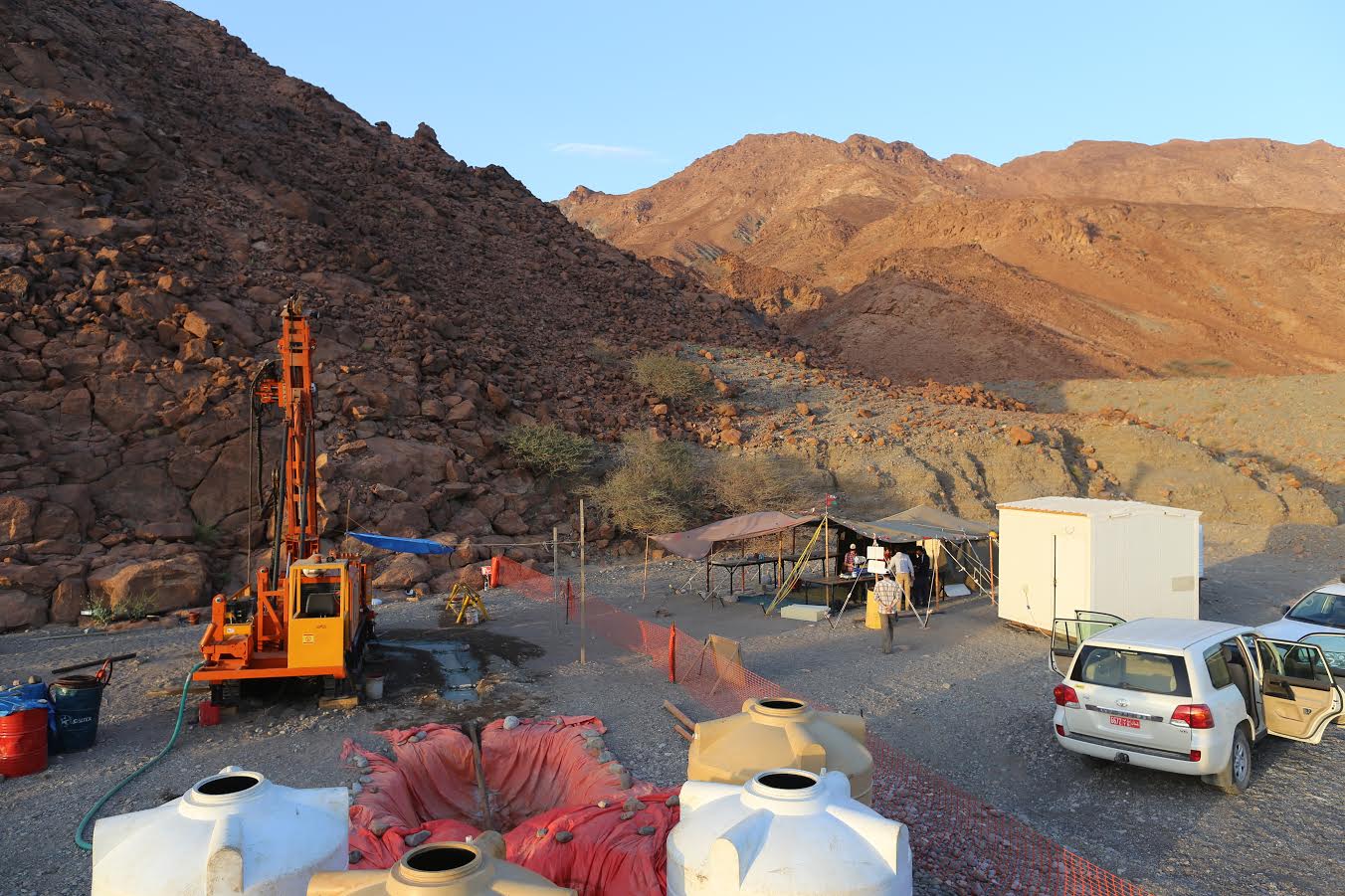
Muscat: NASA-funded research is underway in Oman’s deep mountain valleys to try to uncover a potential global solution to reverse climate change.
Oman boasts the largest exposed sections of the Earth's mantle (core), thrust up by plate tectonics millions of years ago. The mantle contains peridotite, a rock that reacts with the carbon in air and water to form marble and limestone.
Professor Peter Keleman, a geochemist and professor at Columbia University's Lamont-Doherty Earth Observatory, has been exploring Oman's mountains for nearly three decades, and is conducting the $3.5m research project, part-sponsored by NASA.
"You can walk down these beautiful canyons and basically descend 20 kilometers into the earth's interior," he said.
He and a team of 40 scientists have formed the Oman Drilling Project, in order to better analyse the way the mantle rids the air of carbon by reacting with it.
“Natural pools develop a surface scum (layer) of white carbonate. Scratch off this thin white film, and it'll grow back in a day. For a geologist, this is supersonic,” Kelemen said.
He explained that the rock particles have been reacting with the carbon dioxide.
"Every single magnesium atom in these rocks has made friends with the carbon dioxide to form solid limestone, magnesium carbonate, plus quartz," he said.
"There's about a billion tons of CO2 in this mountain," he added.
The $3.5 million project hopes that studying this natural process may aid in efforts to reduce the earth’s carbon-laden atmosphere.
Keleman's team recently spent four months extracting dozens of samples from the core, which they hope to use to construct a geological history of the process that turns CO2 into carbonate.
The core samples will be sent to Chikyu, a research center in Japan, to be analysed.